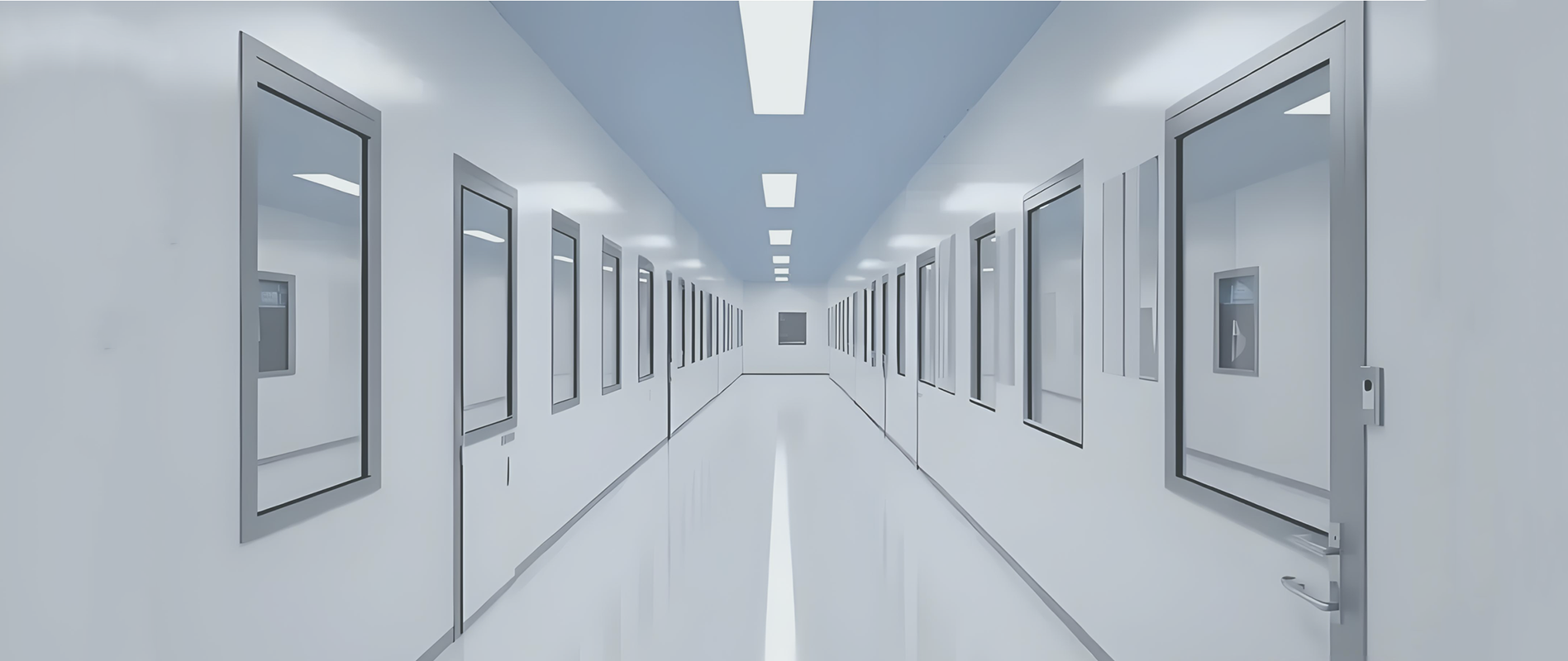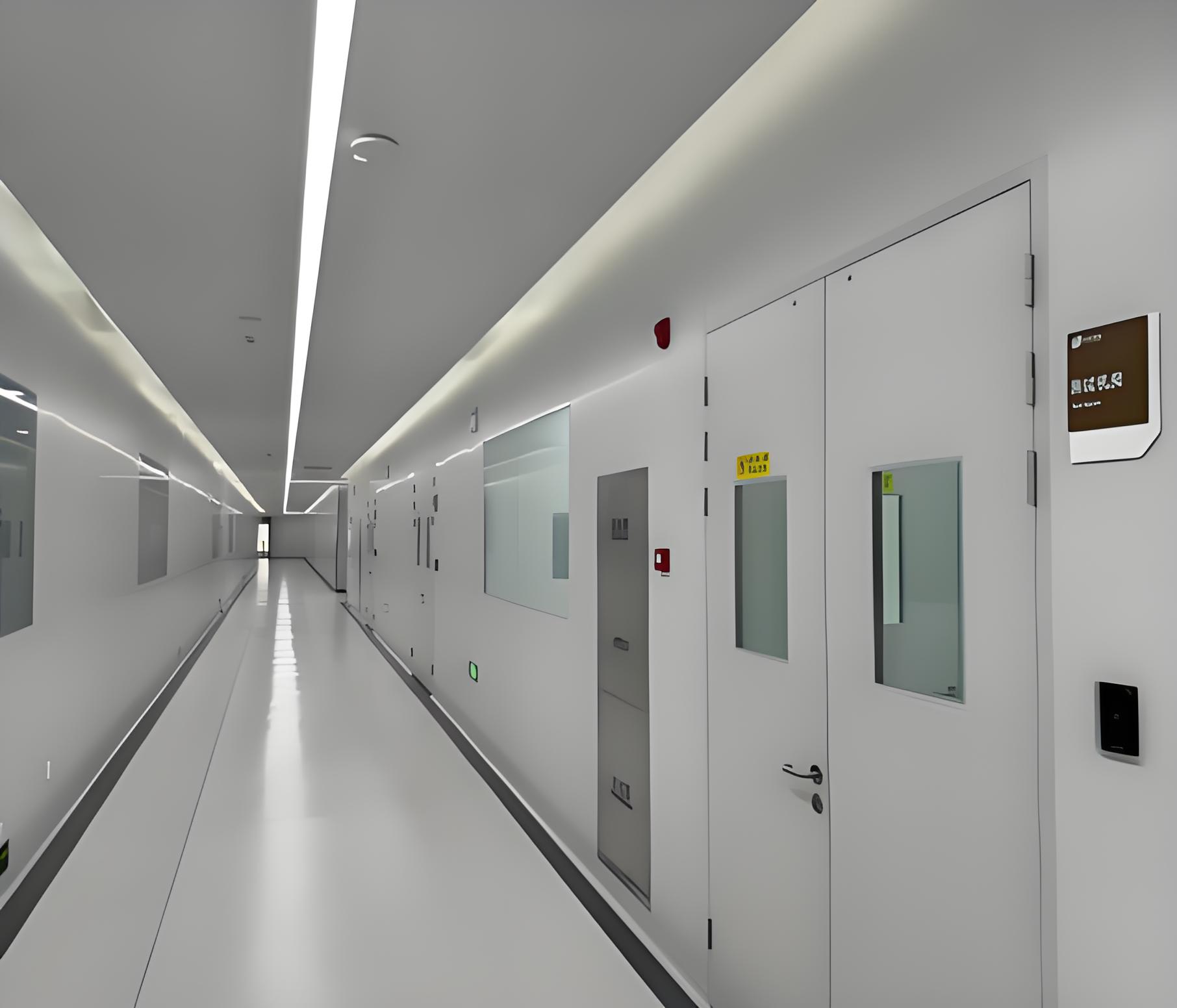




When we think about laboratory safety, our minds often jump to personal protective equipment, chemical storage, or emergency showers. However, one of the most critical, yet frequently overlooked, components is the laboratory exhaust system. This complex network of ducts, hoods, and fans is the silent guardian of every research facility, tirelessly removing hazardous fumes, vapors, and particulates to protect personnel and ensure research integrity. Within this vital system, the laboratory snorkel exhaust design plays a uniquely flexible and crucial role. This article delves into the engineering behind these systems, their integration into broader safety infrastructure, and the common challenges faced in their design and operation.

A well-engineered Laboratory Exhaust System Design is the backbone of indoor air quality and safety in any research, clinical, or teaching facility. Its primary function is to capture, contain, and expel contaminants generated during experimental procedures, preventing their release into the laboratory environment.
These systems are typically composed of several key elements:
Exhaust Hoods: This includes primary containment devices like fume hoods and the more flexible laboratory snorkel exhaust system.
Ductwork: A network of pipes that transport contaminated air from the hoods to the exterior.
Air Moving Devices: Specifically designed exhaust fans that provide the necessary negative pressure to pull air through the system.
Air Cleaning Devices: In some cases, scrubbers or filters are installed to treat the exhaust stream before it is released into the atmosphere.
Control Systems: Sophisticated sensors and regulators that maintain constant face velocity at hoods and ensure proper system operation.
The design philosophy is built on principles of containment, airflow management, and redundancy. It’s not merely about moving air; it’s about creating a predictable and reliable flow path that always draws contaminants away from the user and into the system. The laboratory snorkel exhaust design is a key tool in achieving this, offering targeted extraction where fixed hoods are impractical.
The fume hood is often the most recognizable component of lab safety. It is a primary containment device designed to enclose a work area and provide a physical barrier between the user and hazardous materials. Air is continuously drawn through the open face of the hood, capturing contaminants within its enclosure and exhausting them safely out of the building.
The effectiveness of a fume hood is measured by its containment capabilities, primarily controlled by its face velocity—the speed at which air enters the hood opening. Maintaining a consistent and adequate face velocity (typically between 80-120 feet per minute) is paramount. Too low, and contaminants can escape; too high, and turbulent airflow can actually cause particles to be ejected from the hood.
While extremely effective for contained experiments, traditional fume hoods are fixed in place. This is where the need for supplementary local exhaust solutions arises. For tasks involving small-scale, dispersed operations—such as soldering, using a microscope with solvents, or degassing samples—a full fume hood is often overkill and impractical. This gap in safety coverage is perfectly filled by a well-planned laboratory snorkel exhaust system.

Not all contaminants are generated within a large hood. Many procedures create hazards at a specific, small point source. This is the fundamental concept behind Point Source Exhaust Ductwork Design for Laboratory Facilities. The goal is to capture the contaminant as close to its generation point as possible, using the least amount of exhaust airflow. This method is highly efficient, as it minimizes the volume of conditioned air that must be heated or cooled and exhausted, leading to significant energy savings.
Point source capture devices include canopy hoods, elephant trunks, and most notably, snorkels. A snorkel is essentially a flexible duct attached to a fixed exhaust duct, often with an adjustable intake nozzle. The laboratory snorkel exhaust design focuses on maximizing the capture efficiency of this flexible arm. Key engineering considerations include:
Capture Velocity: The air velocity at the point of contaminant generation must be sufficient to overcome cross-drafts and pull the hazardous material into the nozzle.
Proximity: The snorkel must be positioned as close as possible to the source to be effective. The capture efficiency decreases dramatically with distance.
Hood Design: The shape and size of the snorkel nozzle (e.g., plain, flanged, or tapered) significantly impact its performance and the required airflow.
The ductwork connecting these point sources must be designed to handle the specific static pressure requirements and maintain transport velocities high enough to prevent particulate settling within the ducts, a critical aspect of Laboratory Exhaust System Design.
The laboratory snorkel exhaust system is the epitome of flexible, point-source capture. Its engineering, while seemingly simple, involves careful consideration to ensure it provides reliable protection.
A typical snorkel system consists of a wall- or ceiling-mounted boom with one or more flexible hoses connected to the building's main exhaust ductwork. Each hose is capped with a capture nozzle. The laboratory snorkel exhaust design process must account for:
Airflow Requirements: Each snorkel must be supplied with enough exhaust airflow to achieve the necessary capture velocity at its intended working distance. This is often in the range of 50-150 cubic feet per minute (CFM) per snorkel, depending on the application and nozzle type.
Boom and Hose Design: The boom must provide adequate reach and be counterbalanced for easy positioning. The hose must be flexible yet durable enough to resist chemical corrosion and physical damage.
System Balancing: In a duct system supplying multiple snorkels and other hoods, balancing dampers are essential to ensure each branch receives its designed airflow. This is a complex part of Laboratory Exhaust System Design that directly impacts performance.
Redundancy and Zoning: Snorkels should be on the same exhaust system as other hoods handling similar hazards. Furthermore, systems are often divided into zoning to allow for maintenance and to prevent a single point of failure from compromising the entire lab's safety.
The primary advantage of snorkels is their adaptability. They provide protection for processes that are mobile, temporary, or simply don't fit well inside a standard fume hood, making them an indispensable tool in modern Laboratory Snorkel Exhaust System Engineering.
Even with the best plans, the design, installation, and operation of laboratory exhaust systems, including snorkels, present several common challenges:
Improper Use of Snorkels: The most frequent issue is user error. Personnel often fail to position the snorkel nozzle close enough to the source, rendering it ineffective. Continuous training and clear signage are required to mitigate this.
System Imbalance and Pressurization: Adding a new snorkel or hood to an existing system without a proper assessment can disrupt the airflow to other connected devices. This can lead to a loss of containment in fume hoods and failure of point source capture.
Inadequate Capture Velocity: Underestimating the effect of cross-drafts from air conditioning vents, people walking by, or open windows can lead to a snorkel design that cannot overcome these disturbances, allowing contaminants to escape.
Maintenance Neglect: Flexible snorkel hoses can degrade, crack, or become clogged over time. Dampers can seize, and fans can wear out. A lack of a rigorous maintenance and testing schedule is a common failure point that compromises entire systems.
Energy Inefficiency: Older constant air volume (CAV) systems run exhaust fans at full speed 24/7, consuming enormous amounts of energy. While variable air volume (VAV) systems are more efficient, their complex controls require precise calibration and regular commissioning to function correctly.
Chemical Compatibility: Using the wrong materials in the laboratory snorkel exhaust design—for example, a plastic hose that is degraded by a specific solvent—can lead to premature system failure and release of hazards.
Stack and Re-entry Design: Simply exhausting air to the outside is not enough. Poorly designed stack terminals can allow contaminated air to be pulled back into the building's fresh air intakes or open windows, creating a dangerous re-entry situation.
Addressing these challenges requires a holistic approach that integrates thoughtful Laboratory Exhaust System Design with rigorous commissioning, ongoing maintenance, and comprehensive user training. The laboratory snorkel exhaust system, while a fantastic tool, is only as effective as the ecosystem it operates within.
In conclusion, the safe operation of a modern laboratory is deeply dependent on a well-conceived and meticulously maintained exhaust system. From the broad scope of Laboratory Exhaust System Design to the precise engineering of a Point Source Exhaust Ductwork Design for Laboratory Facilities, each element must work in harmony. The fume hood provides primary containment, while the flexible laboratory snorkel exhaust system offers essential secondary protection for unpredictable tasks. By understanding the engineering principles behind these systems and proactively addressing their common failure points, facilities can ensure a safer, more efficient, and more productive environment for their most valuable asset: their researchers.